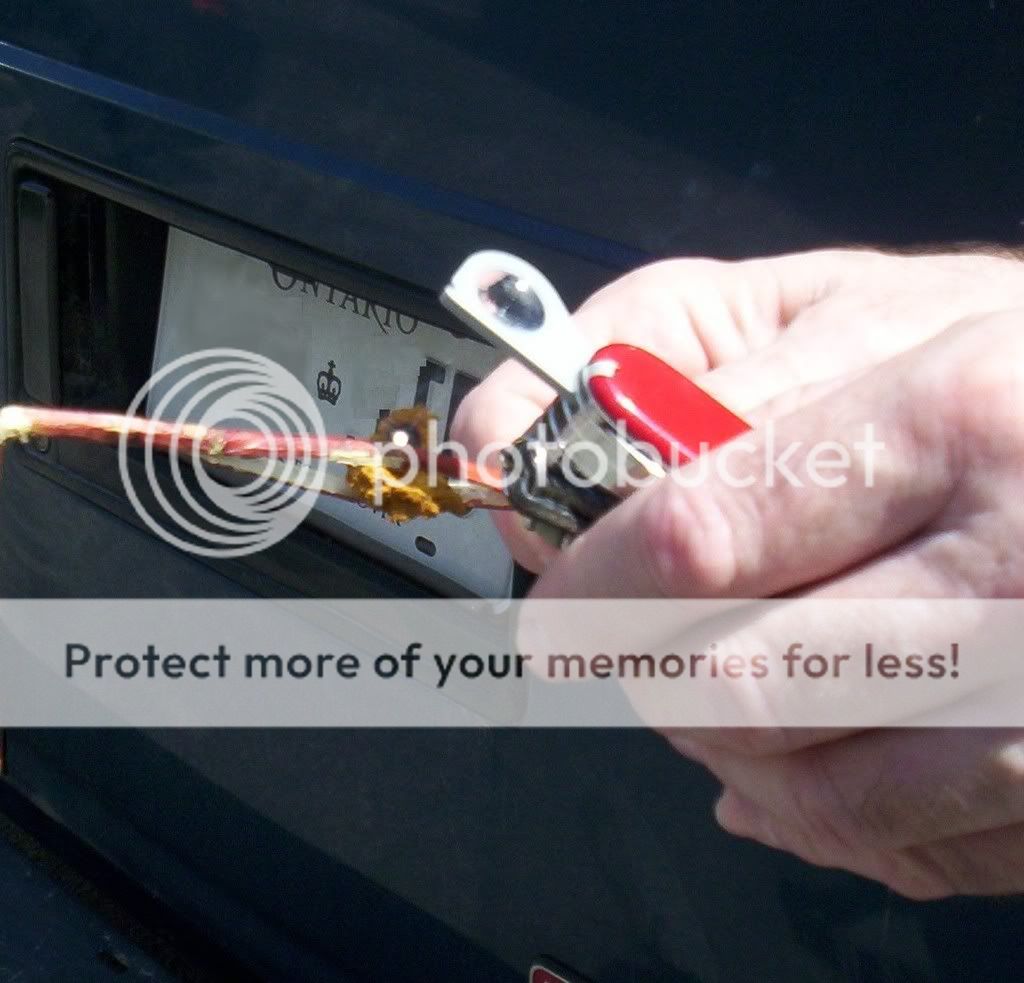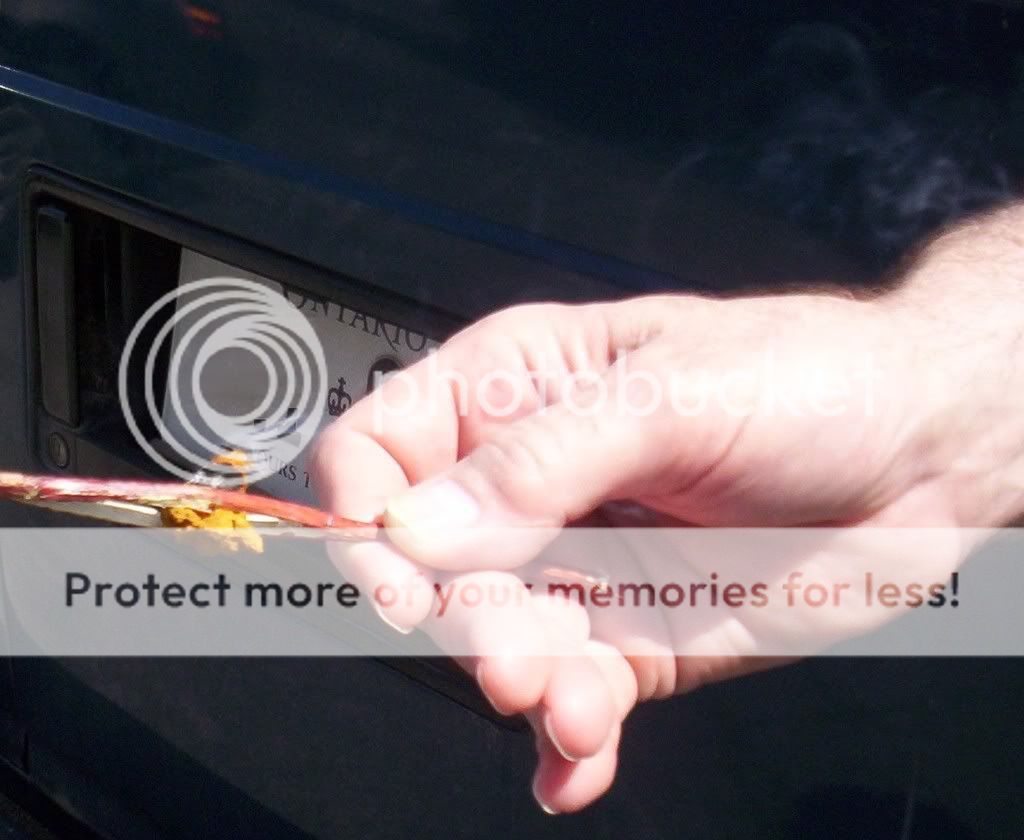- Joined
- May 2, 2010
- Messages
- 118
How magnification is needed?
The BladeForums.com 2024 Traditional Knife is ready to order! See this thread for details:
https://www.bladeforums.com/threads/bladeforums-2024-traditional-knife.2003187/
Price is $300 $250 ea (shipped within CONUS). If you live outside the US, I will contact you after your order for extra shipping charges.
Order here: https://www.bladeforums.com/help/2024-traditional/ - Order as many as you like, we have plenty.


I keep a couple of the credit card sized fresnel lenses. One in my wallet and one in an altoids tin that I use for a tinder box. They weight nothing and take up no space.I have a fresnel in my hudson's bay box that is about 1.5 in diameter and ( I think ) 8x magnification. Once focused it takes about 3 seconds to start burning.
David
I think he was pinching from the paper size - 210*297 mm
